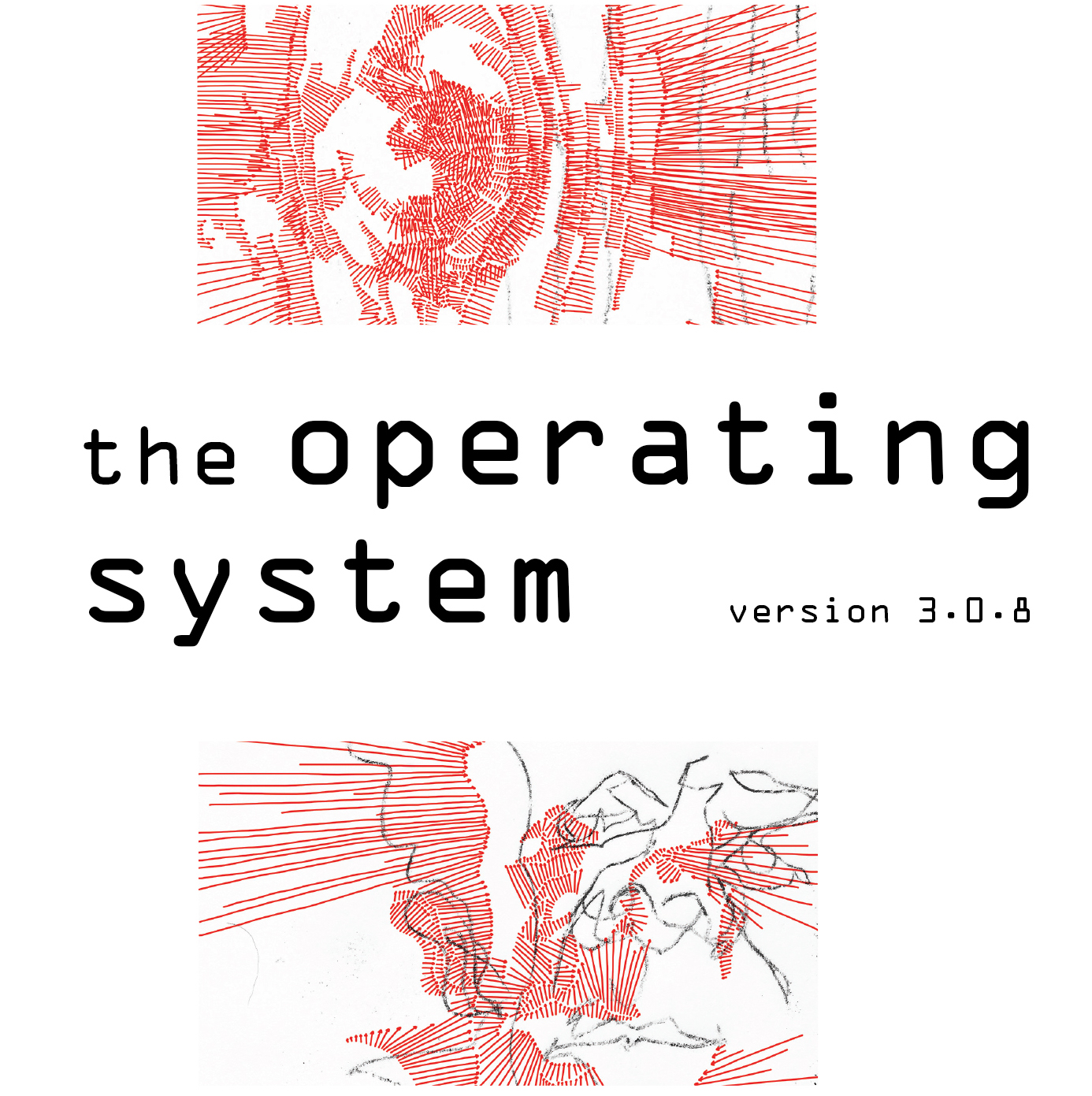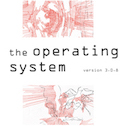FIELD NOTES : Architectural Uncanny, PART 2 :: Martin Byrne's Moments of Environmental Opportunity
 Every now and again, as I walk around these not-so-pristine streets, my eye will catch something small, some strange forgotten detail on a building facade and it will tell me to record it in some way, sketch or otherwise, in order for it not to be forgotten entirely. Other times, my forehead opens up and things fall out and I’ll need a place to catch them.Most often though, the idle thoughts that pass through typically revolve around or revolve in some kind of environment, not necessarily a building, maybe a set of buildings, or a wilderness, none of which exist in the proper sense, and therefore need to find space on a notebook page. The design process that has sort of formed itself within me over the years took a narrative turn while I was working on my master’s degree. The sense that buildings and environments needed to be created through the positivist flow seemed to be too limited and cold for my tastes and the only way to find new opportunities in design would be to come at it from the other side. Or from underneath, as the case may be. This lead me towards intuition, accident, error, and then eventually to poetry, though I far from consider myself to be any kind of poet.
Every now and again, as I walk around these not-so-pristine streets, my eye will catch something small, some strange forgotten detail on a building facade and it will tell me to record it in some way, sketch or otherwise, in order for it not to be forgotten entirely. Other times, my forehead opens up and things fall out and I’ll need a place to catch them.Most often though, the idle thoughts that pass through typically revolve around or revolve in some kind of environment, not necessarily a building, maybe a set of buildings, or a wilderness, none of which exist in the proper sense, and therefore need to find space on a notebook page. The design process that has sort of formed itself within me over the years took a narrative turn while I was working on my master’s degree. The sense that buildings and environments needed to be created through the positivist flow seemed to be too limited and cold for my tastes and the only way to find new opportunities in design would be to come at it from the other side. Or from underneath, as the case may be. This lead me towards intuition, accident, error, and then eventually to poetry, though I far from consider myself to be any kind of poet. Really, it becomes a method for narrating in your own head about moments of opportunity in the environment. Keeping the notebooks around is just a way to describe the adventures you wish would happen in a building. Design and architecture then become the avenues and the access doors into moments in time. When you see a spot, a place [cause its all about place, you know?] that is sort of ripe for the imagining, you have to get it down somewhere and fill it with things, people, structure even.
Really, it becomes a method for narrating in your own head about moments of opportunity in the environment. Keeping the notebooks around is just a way to describe the adventures you wish would happen in a building. Design and architecture then become the avenues and the access doors into moments in time. When you see a spot, a place [cause its all about place, you know?] that is sort of ripe for the imagining, you have to get it down somewhere and fill it with things, people, structure even.Over this recent excursion into the heath of Iceland, the major impression was the landscape; the architecture much less so. The landscape was intense at its worst and overwhelming at its best and only left you wondering as to how it affected other people, as it has such an affect on you. Well, on most of me. There ended up being a lot of references to the land, the rocks, and out of that sprang this curiosity as how it all had come to be in the first place. Ultimately, the immersion of the landscape into the Icelandic unconscious became one of the more fascinating things about the place, which we’re still discovering upon reflection. Throw in a millennia of widespread poverty out there in the bleak heath of deep winter, and you a just left in an almost stupor, staring in wondering disbelief that there would anything there at all.
Excerpt: Reykyavik. Saturday. 6.9.12
From the hard ground, from gray rock cover, masked in dead of dying moss, lichen will burst tufts of small purple flowers. As if the only life here could be small, un-assuming; any arrogance shown to the land, that shard of rocky earth, and it will be consumed. Swallowed again into the scrag of stone. And on the stone ran, escaping the leacing grip of the sea – flat at first only to rear up in defiance farther inland. But the desolation seemed supreme, ever-lasting, complete. Strangely still, there are signs of a presence, perhaps human; found in small cairns, simple stacked stones seemed to litter the reach we passed through. It was as though scar tissue had grown to seal a deep wound left by some primitive peoples, some culture original to time, leaving us with this awe-ful remnant. We were left with the charge of reconciling the savaged land. Perhaps it, in turn, would savage us?
The ground looked as though it were about to burst, all ruptures and crevasse. As though something primeval was slowly forcing its way back onto the surface; to reclaim its rightful place in the firmament of men, wielding Time and spitting Rain.
a land of over-baked bread.
To see more of Martin’s process via his field journal from Iceland and NYC, click HERE


